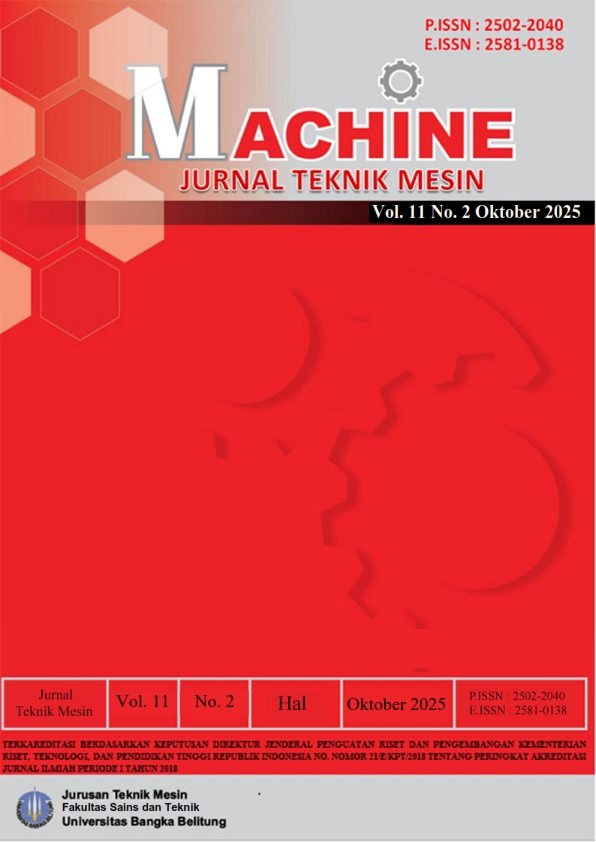Investigation of Dorsal Fin Effects on the Aerodynamic Performance of Inverted-V Empennage VTOL Unmanned Aerial Vehicle
DOI:
https://doi.org/10.33019/1sy9sm72Keywords:
Aerodynamics, Unmanned Aerial Vehicle, CFDAbstract
Unmanned Aerial Vehicles (UAVs) are becoming essential tools in precision agriculture, enabling real-time monitoring, improved land management, and more efficient use of resources. Among them, Vertical Takeoff and Landing (VTOL) UAVs are ideal for operating in confined and uneven agricultural terrains. However, UAVs equipped with inverted-V empennages suffer from aerodynamic drawbacks, including directional instability and adverse yaw under sideslip conditions. This paper advances the state of the art by optimizing the aerodynamic performance of inverted-V tail configurations through the integration of a dorsal fin. Using Computational Fluid Dynamics (CFD), we assess multiple dorsal fin designs on a UAV platform with a maximum takeoff weight of 10 kg, 2 kg payload, 2-hour endurance, 10 m/s stall speed, and a 5 km² operational range. We analyze key aerodynamic metrics—lift and drag coefficients, lift-to-drag ratio, yaw moment coefficient—as well as flow behavior via pressure contours and vorticity plots. Results confirm that sideslip angles degrade aerodynamic efficiency, but a properly designed dorsal fin, particularly variation 2, significantly reduces adverse yaw at higher angles of attack and sideslip. This modification enhances UAV stability and flight performance, marking a meaningful improvement in VTOL UAV design for agricultural applications.
Downloads
References
Abd Rahman, Y. A., Hajibeigy, M. T., Al-Obaidi, A. S. M., & Cheah, K. H. (2018). Design and fabrication of small vertical-take-off-landing unmanned aerial vehicle. MATEC Web of Conferences, 152, 02023.
Allred, B., Eash, N., Freeland, R., Martinez, L., & Wishart, D. (2018). Effective and efficient agricultural drainage pipe mapping with UAV thermal infrared imagery: A case study. Agricultural Water Management, 197, 132–137.
Downloads
Published
Issue
Section
License
Copyright (c) 2025 Machine : Jurnal Teknik Mesin

This work is licensed under a Creative Commons Attribution 4.0 International License.
The paper presented is assumed not to contain proprietary materials that are not protected by patents or patent applications. Responsibility for technical content and for protection from proprietary materials is the responsibility of the author and their organization and not the responsibility of the machine or its editorial staff. The primary author (first / appropriate) is responsible for ensuring that the article has been viewed and approved by all other authors. It is the responsibility of the author to obtain all copyright release permits required for the use of any copyrighted material in the manuscript before submission.











